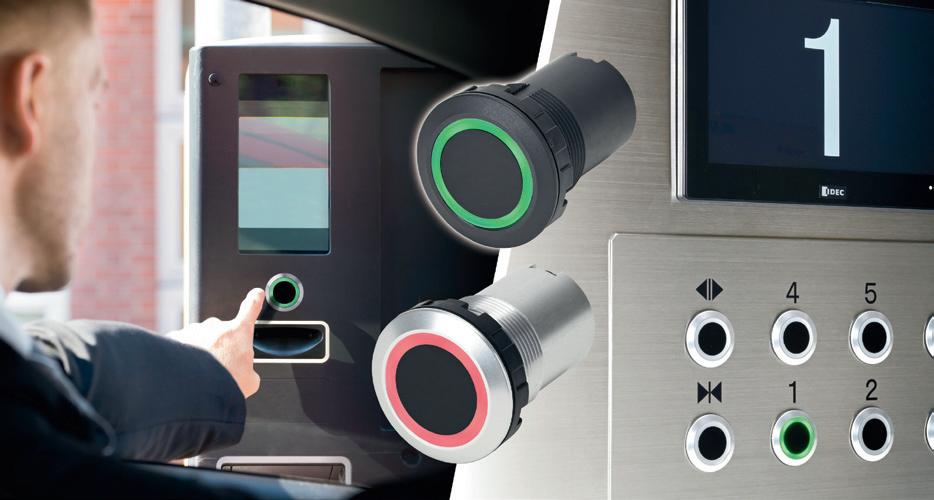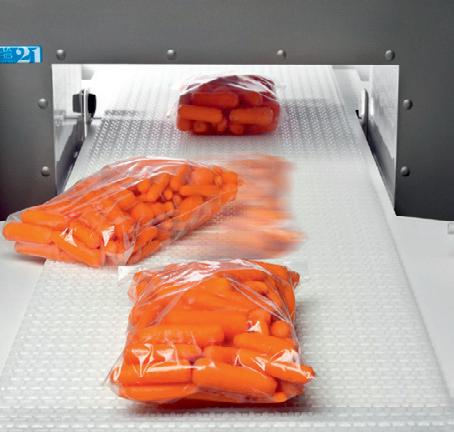
3 minute read
CASE STUDY Arnott’s factory to transition to 100% renewable
The Arnott’s Group has signed an agreement with CleanPeak Energy to transition its Huntingwood manufacturing facility to 100% renewable electricity by 2029. The project, based in Sydney’s western suburbs, is expected to be one of Australia’s largest integrated behind-the-meter solar and battery installations.
The 44,000 m2 manufacturing facility employs over 400 people and operates 24 hours a day, seven days a week. It runs five different automated manufacturing lines and produces 53% of Arnott’s total biscuit volume, equalling around 56 million kg of biscuits annually, including Tim Tam, Shapes and Jatz.
CleanPeak will install a 4.1 MW rooftop solar system which will operate alongside a 15 MWh battery energy storage system, generating more than 5.25 GWh of renewable electricity. It will then source an additional 17.3 GWh of mixed renewable and non-renewable electricity required for the site, progressively moving to renewable electricity from 2023 and reaching 100% by 2029.
Around 10,000 panels will be housed on the rooftop of the facility, all connected to inverters and a battery energy storage system. The integrated solar and battery assets will operate to smooth the solar output each day to match the energy usage of the site.

Supported by consultant World Kinect Energy Services, Arnott’s embarked on the journey to transition to renewable electricity across its operations over 12 months ago. CleanPeak was selected as its partner to deliver an onsite solution and complement this with a multi-year in-front-of-meter energy offer that will allow the site to transition to 100% renewable electricity operations in a cost-effective manner. The plan is designed to provide Arnott’s with certainty over the site’s electricity costs for seven years.
The installation is due to be fully operational by the end of 2023, and will be built without interrupting the production facility’s operating schedule, connecting to the site’s HV switchboards.
Simon Lowden, Chief Transformation Officer at Arnott’s Group, said, “This agreement allows us to make significant progress towards achieving our group net-zero targets that we’ve set ourselves. It offers greater certainty over our electricity prices, is affordable and efficient, and is just one of the tools we’re investing in to get to meet our net-zero commitment. We are also investing in large-scale energy monitoring trials and working with our suppliers to better understand their emission profiles.”
CleanPeak will become the energy retailer for the Huntingwood manufacturing site from 1 January 2023. It will then commence installation of the onsite solar system as part of Stage 1 of the project. Stage 2 will involve the battery storage asset, which will be operational in the second half of 2023.
It will also build a 1.3 MW rooftop solar asset at the Arnott’s Virginia site in Queensland.
CleanPeak CEO Philip Graham said, “It’s terrific to see Tier 1 industrial companies who have large rooftops in metropolitan areas showing the leadership needed to achieve the renewable energy transition. These deals are very complex in a manufacturing environment as it’s imperative to deliver the system without impacting production, and we congratulate The Arnott’s Group’s focus and commitment to achieving what really is commercial sustainability in action.”
Low-profile touchless switches


IDEC Corporation has introduced a line of CW low-profile touchless switches suitable for many hygienic industrial and public automation applications. The product is designed to address cleanliness concerns for protection against COVID-19 and other contamination.


With a 2 mm rise low-profile surface silhouette, the switches are built for an industry-standard 22 mm mounting hole and require only a shallow 35 mm space behind the panel face, plus room for the wiring connector. The typical installation pitch is 30 mm width and 50 mm height. Operating temperatures range from -25 to +55°C.
A rubber washer and locking ring ensure IP65/67 and NEMA

Type 4X ratings are maintained. The CW1H housing and bezel is black plastic resin and the CW4H is silver aluminium alloy metal. Although the switches are rated for outdoor use, made from weather-resistant materials and highly resistant to visible light, excessive exposure to ultraviolet rays from direct sunlight can cause material degradation, colour fading and false signals. Additionally, dirt and water droplets can impact operation. Therefore, designers should check product performance before use and consider degrees of physical protection.
The switch front face contains a central emitter and receiver sensing lens and an LED indicator ring. Infrared LED diffuse reflection technology is used to detect objects. The detection distance is adjustable, typically ranging from 70 to 270 mm depending on the colour, material and surface condition of the object to be detected. When two switches are installed close together, their emitting frequencies are automatically adjusted for mutual interference prevention, ensuring the switches do not trigger each other.
Switch output is a non-contact photoMOS relay, available without a timer or with a 0.5 s on-delay and a 2.0 s off-delay. Reverse connection protection is included, and the switch operates at a nominal 12 to 24 VDC with 100 mA max load current. The two-colour LED ring, which can be externally controlled to illuminate in red or green, provides status feedback for users.
IDEC Australia Pty Ltd www.idec.com/australia









